Dual-fuel engine for world's first CNG carrier
The main engine of Indonesia's first dual-fuel-powered vessel is to operate primarily on gas.
Wärtsilä has confirmed that the world's first ever compressed natural gas (CNG) carrier is to be powered by an integrated Wärtsilä propulsion system which the company says was chosen because of its energy efficiency and environmental sustainability.
The vessel is being built at the Jiangsu Hantong shipyard in China, ordered by CIMC Enric and designed by CIMC ORIC for end user Perusahaan Listrik Negara (PLN) - the Indonesian state owned energy company.
The new ship is to feature a 9-cylinder Wärtsilä 34DF dual-fuel main engine operating primarily on gas. Wärtsilä has agreed to also supply the controllable-pitch propeller and gearbox, all of which are to be fully integrated in order to optimize propulsion efficiency.
According to Wärtsilä, the newbuild will be the first dual-fuel-powered vessel owned by an Indonesian ship owner.
"The Indonesian government's policy is to promote the utilisation of natural gas as a marine fuel because of its environmental advantages," Wärtsilä said today in a statement.
"This first ever CNG carrier to be built is indicative of the growing importance of natural gas as a fuel for both land-based and marine applications. We are proud to have been selected to provide the propulsion system for this ship, which is designed with efficiency and sustainability as the main criteria," commented Sanjay Verma, Area Sales Director, Wärtsilä Ship Power.
Suryadi Mardjoeki, head of PLN's oil-based fuels and gas division, said: "We expect that this CNG carrier will be a model for other Indonesian owners as the government's policy is to promote energy efficient and cleaner sea transportation through the use of gas-fuelled engines. Wärtsilä has always been at the forefront of making it possible for gas to be utilised as a marine fuel, and has tremendous experience and expertise in this area."
The 110-metre-long carrier is scheduled to be in operation in May 2016 and to transport CNG from Gresik in East Java to the Indonesian island of Lombok, where the gas is to be used to fuel a power plant.
The vessel is being built at the Jiangsu Hantong shipyard in China, ordered by CIMC Enric and designed by CIMC ORIC for end user Perusahaan Listrik Negara (PLN) - the Indonesian state owned energy company.
The new ship is to feature a 9-cylinder Wärtsilä 34DF dual-fuel main engine operating primarily on gas. Wärtsilä has agreed to also supply the controllable-pitch propeller and gearbox, all of which are to be fully integrated in order to optimize propulsion efficiency.
According to Wärtsilä, the newbuild will be the first dual-fuel-powered vessel owned by an Indonesian ship owner.
"The Indonesian government's policy is to promote the utilisation of natural gas as a marine fuel because of its environmental advantages," Wärtsilä said today in a statement.
"This first ever CNG carrier to be built is indicative of the growing importance of natural gas as a fuel for both land-based and marine applications. We are proud to have been selected to provide the propulsion system for this ship, which is designed with efficiency and sustainability as the main criteria," commented Sanjay Verma, Area Sales Director, Wärtsilä Ship Power.
Suryadi Mardjoeki, head of PLN's oil-based fuels and gas division, said: "We expect that this CNG carrier will be a model for other Indonesian owners as the government's policy is to promote energy efficient and cleaner sea transportation through the use of gas-fuelled engines. Wärtsilä has always been at the forefront of making it possible for gas to be utilised as a marine fuel, and has tremendous experience and expertise in this area."
The 110-metre-long carrier is scheduled to be in operation in May 2016 and to transport CNG from Gresik in East Java to the Indonesian island of Lombok, where the gas is to be used to fuel a power plant.
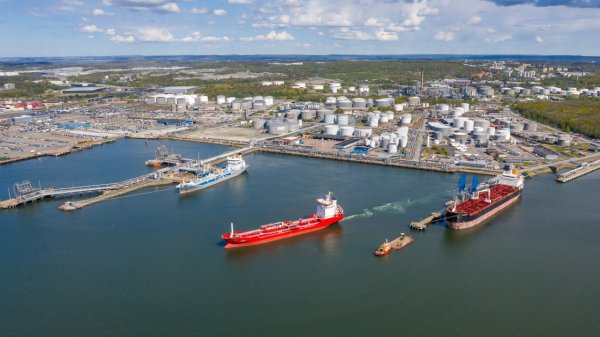
|
Swedish biomethane bunkered in Gothenburg
Test delivery performed by St1 and St1 Biokraft, who aim to become large-scale suppliers. |
|
|
|
||
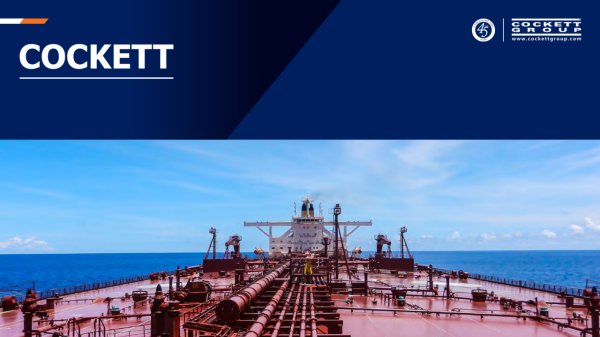
|
Cockett to be closed down after 45 years
End of an era as shareholders make decision based on 'non-core nature' of Cockett's business. |
|
|
|
||
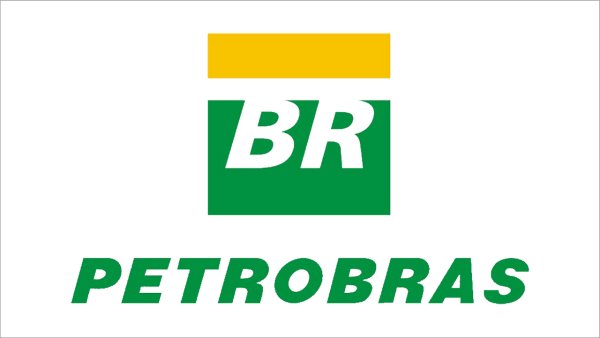
|
Petrobras confirms prompt availability of VLS B24 at Rio Grande
Lead time for barge deliveries currently five days. |
|
|
|
||
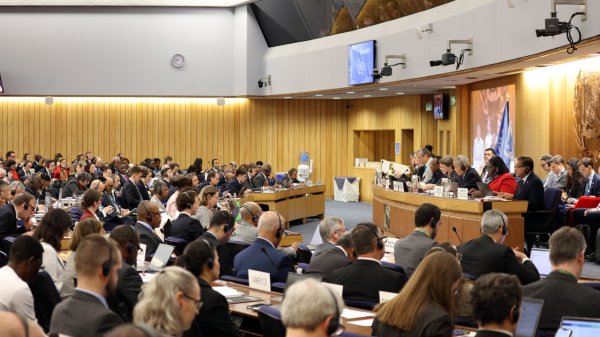
|
IMO approves pricing mechanism based on GHG intensity thresholds
Charges to be levied on ships that do not meet yearly GHG fuel intensity reduction targets. |
|
|
|
||

|
VARO Energy expands renewable portfolio with Preem acquisition
All-cash transaction expected to complete in the latter half of 2025. |
|
|
|
||

|
NYK trials biofuel in milestone coal carrier test
Vessel is used to test biofuel for domestic utility company. |
|
|
|
||
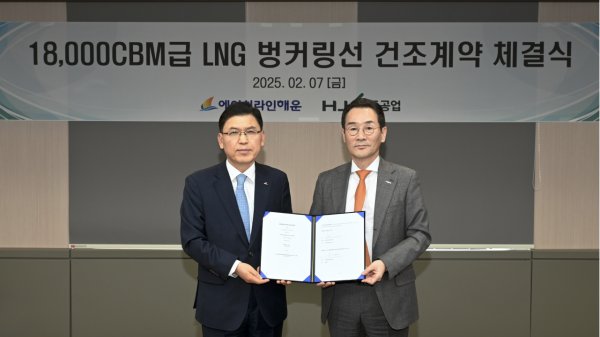
|
H-Line Shipping orders LNG bunkering vessel
Vessel with 18,000-cbm capacity to run on both LNG and MDO. |
|
|
|
||

|
How to engineer and manage green shipping fuels | Stanley George, VPS
Effective management strategies and insights for evolving fuel use. |
|
|
|
||

|
Swedish government bans scrubber wastewater discharges
Discharges from open-loop scrubbers to be prohibited in Swedish waters from July 2025. |
|
|
|
||
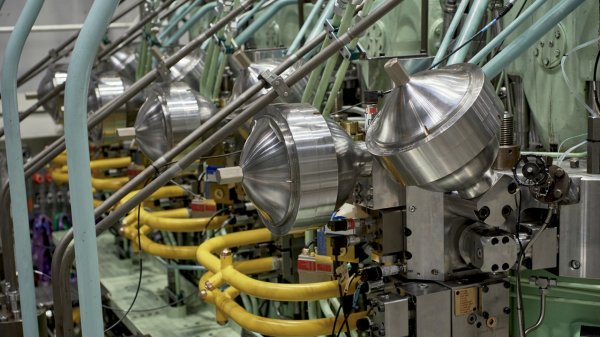
|
MAN Energy Solutions achieves 100% load milestone for ammonia engine
Latest tests validate fuel injection system throughout the entire load curve. |
|
|
|
||
Related Links
- · Keel laying ceremony for Crowley's first LNG-powered ships [Insights]
- · Wärtsilä X62 engine fully approved and available to the market [Insights]
- · Integrated solution for world's first LNG-fuelled high-speed ro-pax ferry [Insights]
- · Propulsion contract for Middle East's first LNG-powered harbour tug [Insights]
- · Wartsila dual-fuel engines to power icebreaking LNG carriers [Insights]
- · Finland [Directory]
- · Indonesia [Directory]

